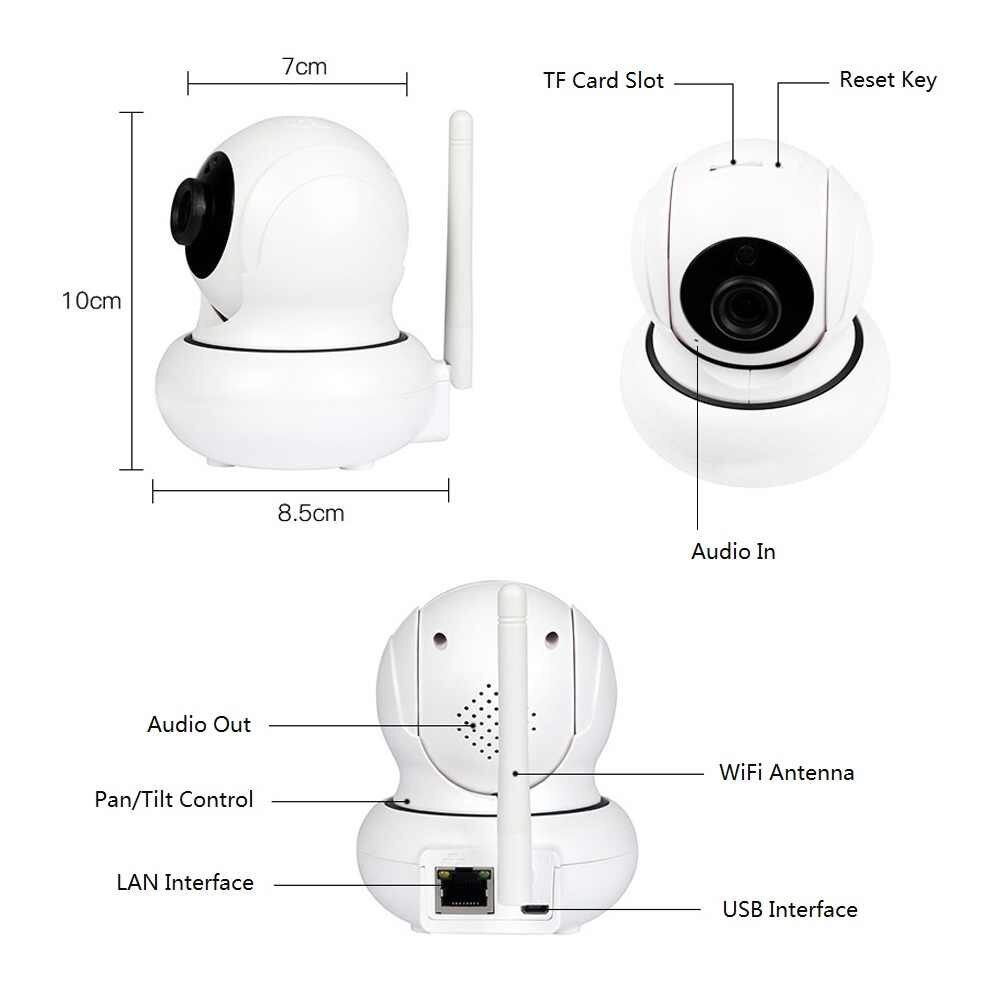


Each IP camera would have its own user interface and specific settings that can be viewed or managed individually by going to the IP address of each camera and logging in to it. IP cameras use CAT5 or CAT6 to transfer the video, and in most cases can be powered over the same cable when use in conjunction with a POE (Power Over Ethernet) switch.Įssentially this means that you can have 1 IP camera on your network or several if you choose. IP cameras are just like any other computer or smart device that is accessible on your network. Many IP cameras also have an SD card for storing recorded video. All of the software and settings (the brains) are embedded in the camera itself. Network IP cameras, on the other hand, are standalone units that can be accessed via the camera IP address. Usually, analog cameras are powered with a 12 or 24 volt power source. Essentially the DVR is the brains of an analog security system. Without a DVR you would not be able to record or view recorded video. The DVR also provides the ability to view the cameras in real-time and review recorded footage. You can access and modify each camera’s settings through the DVR itself. It also contains the software for managing the camera settings and camera options. The DVR is where the encoding and recording is done. In most cases, an analog camera simply sends the video signal back to the DVR over a coax cable. In order to clarify some of the topics covered, I will often refer to “Techpro Security Products” brand of NVRs and cameras.įirst, it is important to understand some differences between IP cameras and analog cameras. This article will focus on clearing up some common questions regarding Network IP Cameras and NVRs (Network Video Recorders). When choosing to use IP network cameras for your residential or commercial security camera system there are a few things to take into account.


 0 kommentar(er)
0 kommentar(er)
